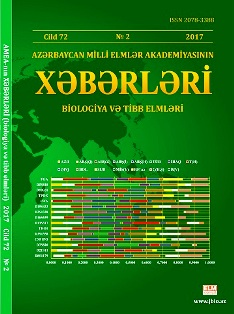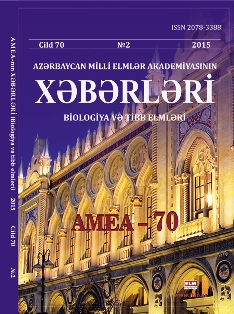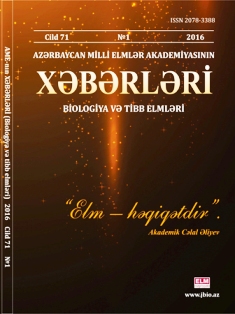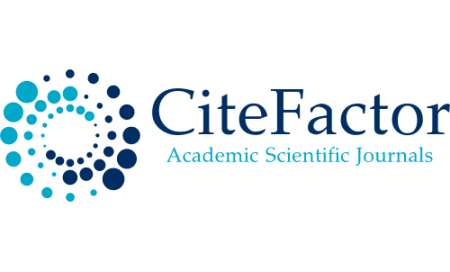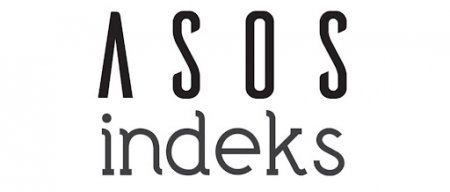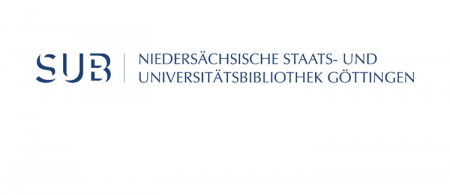
The importance of mycological research and directions of future research in the liberated territories of Azerbaijan. P.Z. Muradov.
Research article: The importance of mycological research and directions of future research in the liberated territories of Azerbaijan.
Author (s): P.Z. Muradov.
Journal of Life Sciences & Biomedicine, vol. 3(76), No 2, p. 49-53(2021)
DOI: http://dx.doi.org/10.29228/jlsb.20
Institute of Microbiology, Azerbiajan National Academy of Sciences, 103 M. Mushfig Str., Baku AZ1004, Azerbaijan
*For correspondence: mpanah@mail.ru
Received: October 05, 2021; Received in revised form: October 23, 2021; Accepted: October 26, 2021
The presented work substantiates the importance of mycological assessment of the current ecological situation in the liberated territories of Azerbaijan and its implementation due to changes caused by both the occupation factor and global problems on the planet. The assessment of a specific biotope would be incomplete without studying the fungi that are actively involved in all the ecological functions that occur in nature. Therefore, the implementation of research in accordance with the priority areas of the world is important both from a scientific and practical point of view and will allow the realization of the probability of achieving interesting results.
Keywords:Occupied territories, natural resources, bioresources, fungi, biologically active substances, phytopathogenic fungi
REFERENCES
Akhundov T.M., Eyubov B.B., Ahmedov S.Y. (2008) Mycobiota of Azerbaijan Baku: Education, 352 p.
Altenburger R., Brack W., Burgess R.M. et al. (2019) Future water quality monitoring: improving the balance between exposure and toxicity assessments of real-world pollutant mixtures. Environ. Sci. Eur., 31: 12. doi: 10.1186/s12302-019-0193-1.
Аrefyev S.P. (2010). Systematic analysis of biot wood-destroying fungi. Novosibirsk: Nauka, 260 p.
Bakhshaliyeva K., Namazov N., Hasanova A. et al. (2020) Assessment of the prospects of studying and using mushrooms of Azerbaijan as effective producers of biologically active substances. Periódico Tchê Química (ISSN 2179-0302), 17(34): 403-411.
Blackwell M. (2011) The Fungi: 1, 2, 3 … 5.1 million species? Am. J. Bot.,98: 426–438.
Environmental terror. https://files.preslib.az/ projects/azereco/ru/eco_m2_6.pdf
Fischer J., Lindenmayer D.B., Manning A.D. (2006) Biodiversity, ecosystem function, and resilience: ten guiding principles for commodity production landscapes. Front. Ecol. Environ., 4(2): 80–86.
Frljak J., Mulabećirović A., Isaković S. et al. (2021) Biological Active Components of Selected Medical Fungi. Open Journal of Preventive Medicine, 11: 9-22. doi: 10.4236/ojpm.2021.111002.
Greeff-Laubscher M.R., Beukes I., Marais G.J., Jacobs K. (2020) Mycotoxin production by three different toxigenic fungi genera on formulated abalone feed and the effect of an aquatic environment on fumonisins. Mycology, 11(2): 105-17, doi: 10.1080/21501203.2019.1604575.
Hawksworth D.L. (2004) Fungal diversity and its implications for genetic resource collections. Stud Mycol., 50(1): 9–17.
Hoeksma J., Misset T., Wever C. et al. (2019) A new perspective on fungal metabolites: identification of bioactive compounds from fungi using zebrafish embryogenesis as read-out. Sci. Rep.,9: 17546. doi: 10.1038/s41598-019-54127-9
https://www.virtualkarabakh.az/az/post-item/26/45/qarabag-tebieti.html
Hyde K.D., Al-Hatmi A., Andersen B. et al. (2018) The world’s ten most feared fungi. Fungal Divers., 93:161–194.
Linden O., Jerneloev A., Egerup J. (2004) The Environmental Impacts of the Gulf War 1991.IIASA Interim Report. IIASA, Laxenburg, Austria: IR-04-019.
McMichael A.J., Friel S., Nyong A., Corvalan C. (2008) Global environmental change and health: impacts, inequalities, and the health sector. BMJ, 336(7637): 191–194; doi: 10.1136/bmj.39392.473727.AD.
Mora C., Tittensor D.P., Adl S. et al. (2011) How many species are there on earth and in the ocean? PLoS Biol., 9(8): e1001127. doi:10.1371/journal.pbio.1001127
Niesenbaum R.A. (2019) The integration of conservation, biodiversity, and sustainability. Sustainability, 11: 4676. doi: 10.3390/su11174676.
Perotto S., Angelini P., Bianciotto V. et al. (2013) Interaction of fungi with other organisms. Plant. Biosyst., 147: 208–218/
Red book of the republic of Azerbaijan. Fauna. II Edition. (2013) Baku, 517p.
Reuveny R., Mihalache-O’Keef A.S., Li Q. (2010) The effect of warfare on the environment. Journal of Peace Research, 47(6): 749–761.
Schmit J.P., Mueller G.M. (2007) An estimate of the lower limit of global fungal diversity. Biodivers Conserv., 16: 99–111.
Tran V.V., Park D., Lee Y.-Ch. (2020) Indoor air pollution, related human diseases, and recent trends in the control and improvement of indoor air quality. Int. J. Environ. Res. Public Health, 17(8): 2927. doi: 10.3390/ijerph17082927.
Ucar A., Yilmaz M.V., Çakıroglu F.P. (2016) Food safety – problems and solutions, significance, prevention and control of food related diseases. Hussaini Anthony Makun, Intech Open, doi: 10.5772/63176. Available from: https://www.intechopen.com/chapters/50189
Wu B., Hussain M., Zhang W. et al. (2019) Current insights into fungal species diversity and perspective on naming the environmental DNA sequences of fungi. Mycology, 10(3): 127-140. doi: 10.1080/21501203.2019.1614106.
